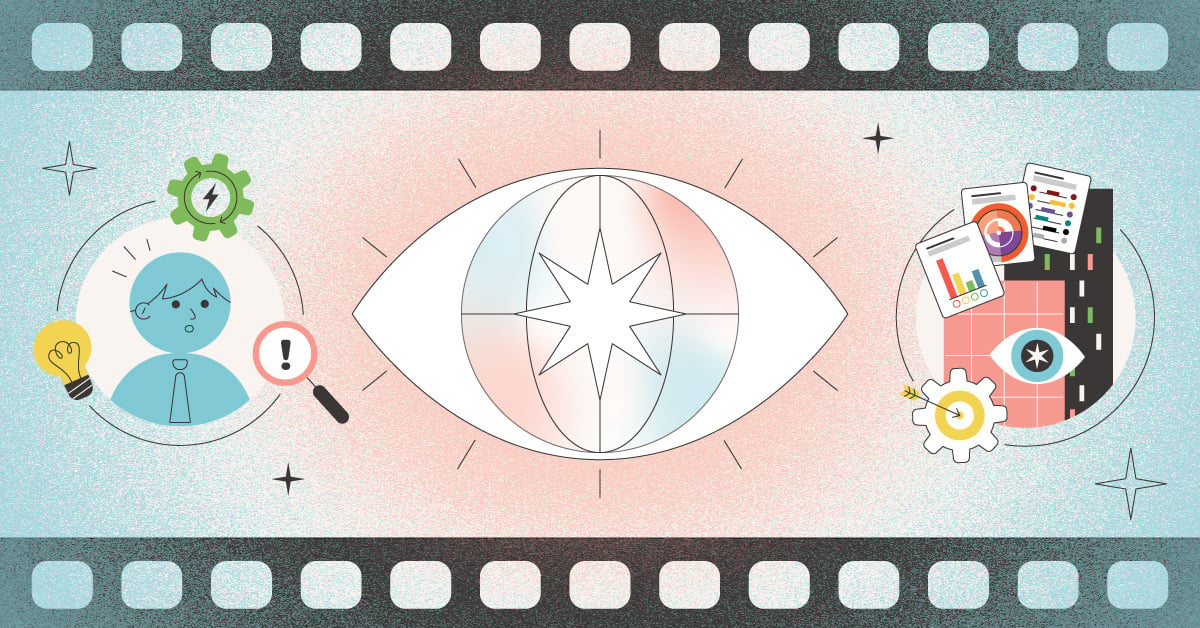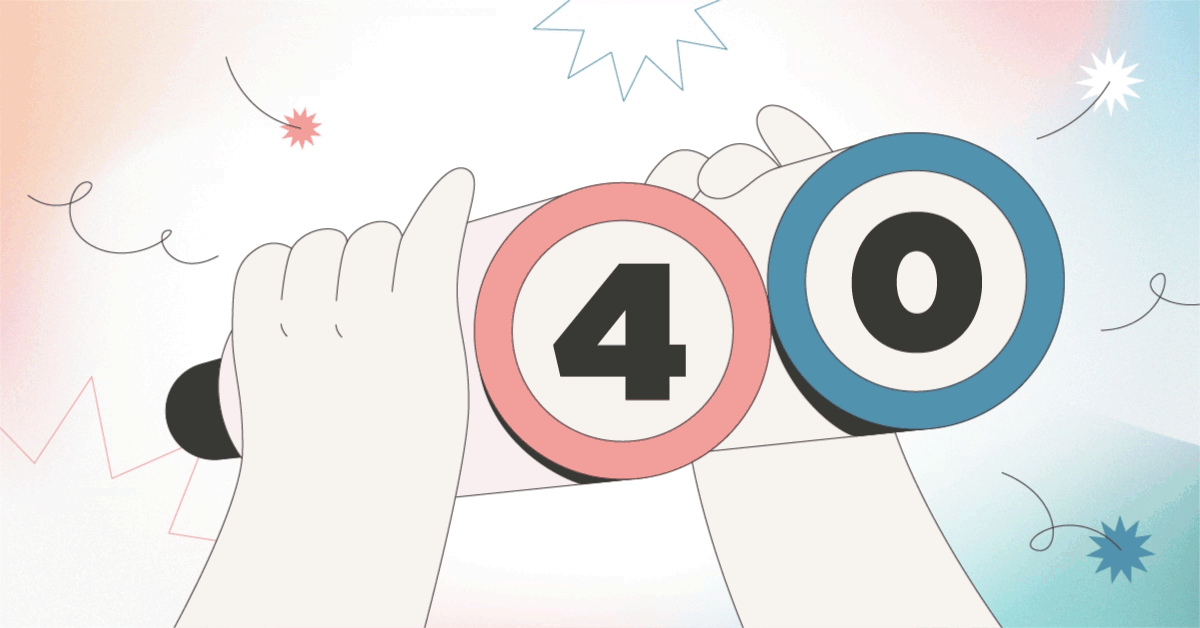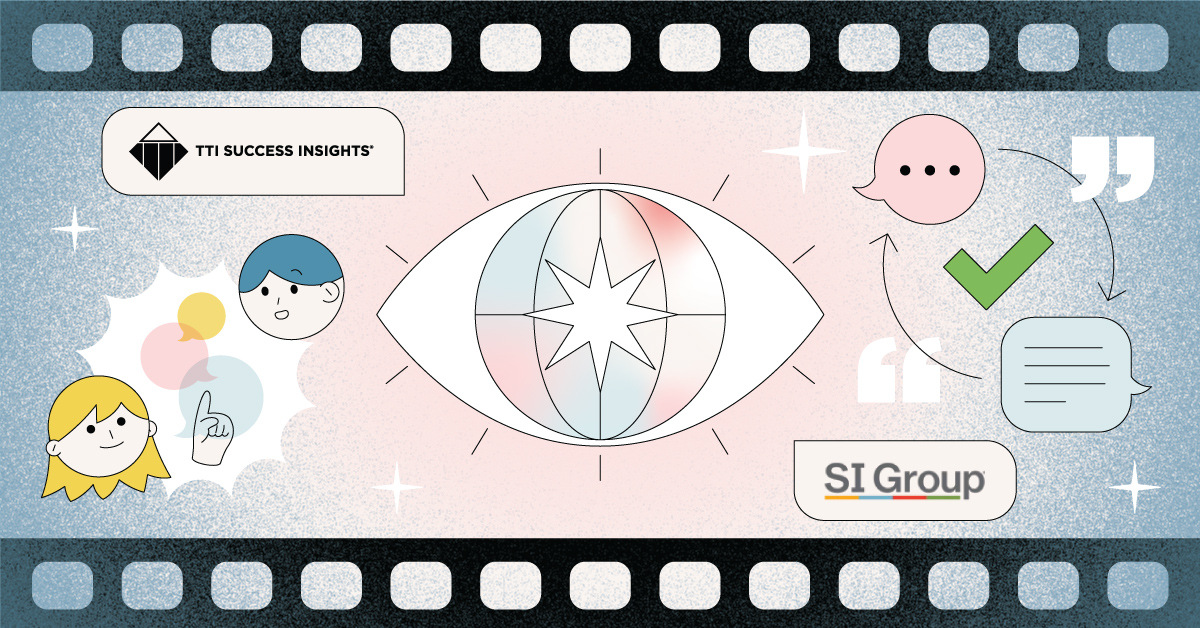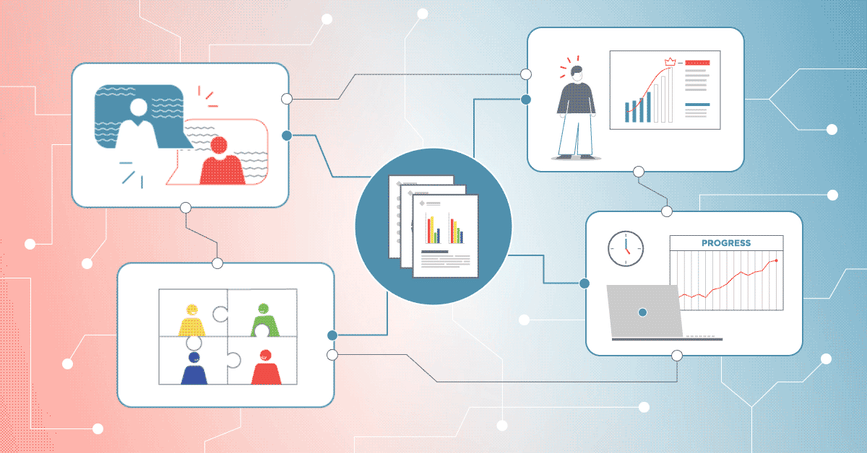
When was the last time you avoided a task at work? Are you constantly pushing off checking your email, finishing a spreadsheet, or finishing any task? Are you doing that right now by reading this article?
If you’re feeling sluggish, unmotivated, or unfocused, chances are you have a low level of engagement in your position. It might not appear important, especially to the higher ups, but it should; Forbes reported that employee disengagement translates to a profit loss of 34% of the disengaged employee's annual salary. For you personally, it means that there is something about your position that is not fulfilling you. If you lead a team, you should be concerned twice over about a lack of employee engagement.
In early 2020, the conversation in the hiring world was all about the war for talent. We shared that “if you had asked us to tell you about leadership development a month ago, we could have told you a lot. We would have explained that the United States was dealing with an enormous human resource crisis. As of January 2020, there was a 1.3 million person deficit in the workforce, caused by the lack of human capital. Now, things are different.”
The world of work is still unfolding, but it’s safe to say that employee engagement will be even more important. Considering the economic uncertainty, organizations need the strongest team possible. That means everyone needs to be highly engaged, even though that same study shared that only 21% of employees report that they are highly engaged at work.
How do you shift those numbers in your favor? One of the most effective ways to increase employee engagement is to use behavioral assessments across your entire organization. More than a personality test, assessments will help you and your team create a new world of work.
Here are the ways assessments increase and improve employee engagement...
Assessments Improve Communication
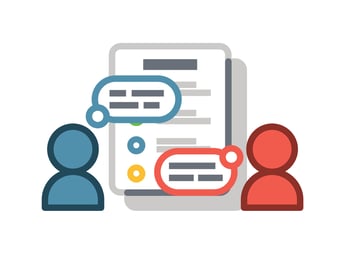 The foundation of solid company culture is communication. If you don’t know how to express problems or really hear when others do the same, how can you solve any conflicts?
The foundation of solid company culture is communication. If you don’t know how to express problems or really hear when others do the same, how can you solve any conflicts?
The good news is that assessments will help you understand yourself better, and then learn how to communicate with others most effectively. Assessments like DISC reveal your core behavioral style, showing how you do what you do. Assessments like 12 Driving Forces® then show why you do what you do.
There’s a reason why these two assessments are bundled together in a package called Talent Insights™; once you’re armed with the knowledge of your basic behaviors and the motivation behind your actions, you can move forward more thoughtfully.
This is key for leaders, because once they understand themselves and their team, they can start to fill the gaps of understanding.
This was particularly helpful for me as a new team member at TTI SI. At our headquarters, each individual’s Talent Insights score is displayed at their desks and outside their offices. I thought this was a little strange at first, but as I learned the language of our assessments, I found it incredibly insightful.
As I was meeting with each department and team, I could shift my own communication style to mesh better with theirs. I knew they were doing the same with me, and this instantly gave us a shared language to better understand each other.
Assessment Help Build Stronger Teams
Once you understand yourself and your peers better, you can focus on building that team. The understanding that assessments give you is key.
Speaking again from my own experience, my direct supervisor has a completely opposite DISC chart to mine. I’m a High I/High S, which is named on the DISC wheel as the Relater. Candice is a high D/High C, which means she’s an Implementer.  This also means she’s directly across from me on the DISC wheel. You might think this means we clash, but on the contrary, almost every direct report to Candice is a Relater as well. It means our strengths compliment each other, rather than detract from each other.
This also means she’s directly across from me on the DISC wheel. You might think this means we clash, but on the contrary, almost every direct report to Candice is a Relater as well. It means our strengths compliment each other, rather than detract from each other.
One of the best things about TTI SI’s assessments is that many of them can be used in comparison with others. We call this a team debrief, where multiple members of a team are mapped onto a DISC wheel and compared.
This allows teams to see where their strengths are, as well as notice gaps in skill sets and personality types on the team. If you identify that gap, you can use the benchmarking process to start hiring and finding the perfect addition to your team.
Assessments Create Transparency In Your Organization
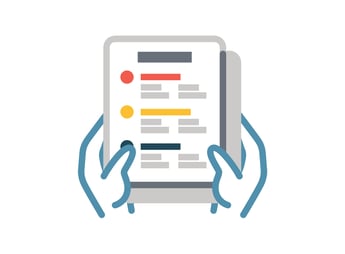 Some people have the perception that assessments exist only for hiring and firing decisions. Not so! By committing to using assessments as a foundation of your company culture, you will create transparency in your organization.
Some people have the perception that assessments exist only for hiring and firing decisions. Not so! By committing to using assessments as a foundation of your company culture, you will create transparency in your organization.
Using assessments shows that leaders are responsible for their own investment. It also tells your team that you’re invested in their development, outside of what they can do for the business.
This is huge for employee engagement: 70% of staff members would be at least somewhat likely to leave their current organizations and take a job with one that is known for investing in employee development and learning, according to the Harris Poll.
Using assessment shows your team that leadership is open to criticism and discussion, and it builds loyalty.
Assessments Open the Door to Development
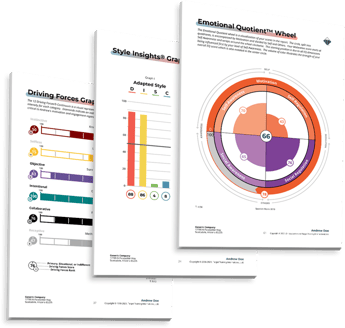 Remember the bored, listless feeling we talked about? That comes from a lack of motivation. If you feel like your daily work doesn’t matter or meaningfully impact something, how can you deeply engage with that work?
Remember the bored, listless feeling we talked about? That comes from a lack of motivation. If you feel like your daily work doesn’t matter or meaningfully impact something, how can you deeply engage with that work?
If you feel that way, you’re not alone; 60% of Millennials said a sense of purpose is part of the reason they chose to work at their current employer.
Assessments allow leaders to discover exactly what motivates someone and to then create a learning plan based on those motivators. This insight can be used to make work mean something important, for each member of a team.
Assessments Increase Productivity
The great thing about employee engagement is that there’s a snowball effect. When you improve just one aspect of your work culture, other areas are affected. This means that the impact of assessments also positively impacts productivity across the board. 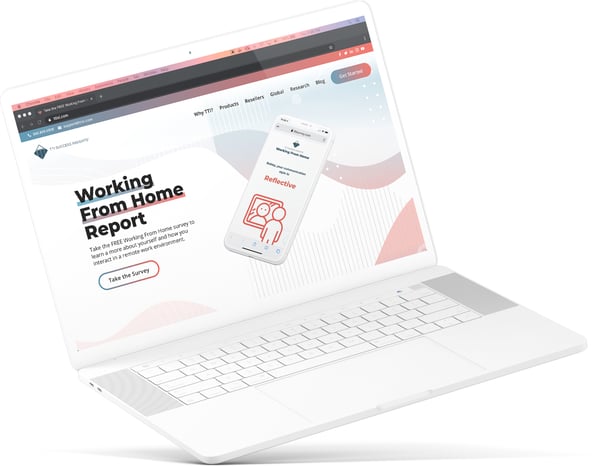 Assessments reveal human potential. When people understand themselves better, they can then understand their work patterns. For example, the Working from Home Report shares time wasters for each behavioral type, and they’re all wildly different. Burnout looks different for each behavioral type, too.
Assessments reveal human potential. When people understand themselves better, they can then understand their work patterns. For example, the Working from Home Report shares time wasters for each behavioral type, and they’re all wildly different. Burnout looks different for each behavioral type, too.
Being aware of what each team member brings to the table and what they need as a result is the way forward to true employee engagement.
Unlock Employee Engagement With Assessments
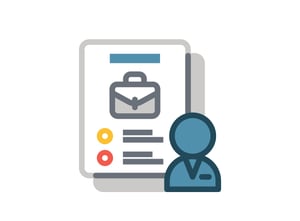 In the new world of work, there will be winners and there will be losers. Where will your organization fall?
In the new world of work, there will be winners and there will be losers. Where will your organization fall?
The actions you take now will determine that outcome. Make sure to build the foundation you need and invest in growing and developing your team the right way with assessments.
What’s your next step? If you’re a consultant looking for tools like TTI SI assessments in your practice, get the information you need about joining the network as a reseller here.
If you’re interested in joining the TTI Success Insights network, reserve your seat for the Clear the Path to Profit webinar to learn everything you need to know.

